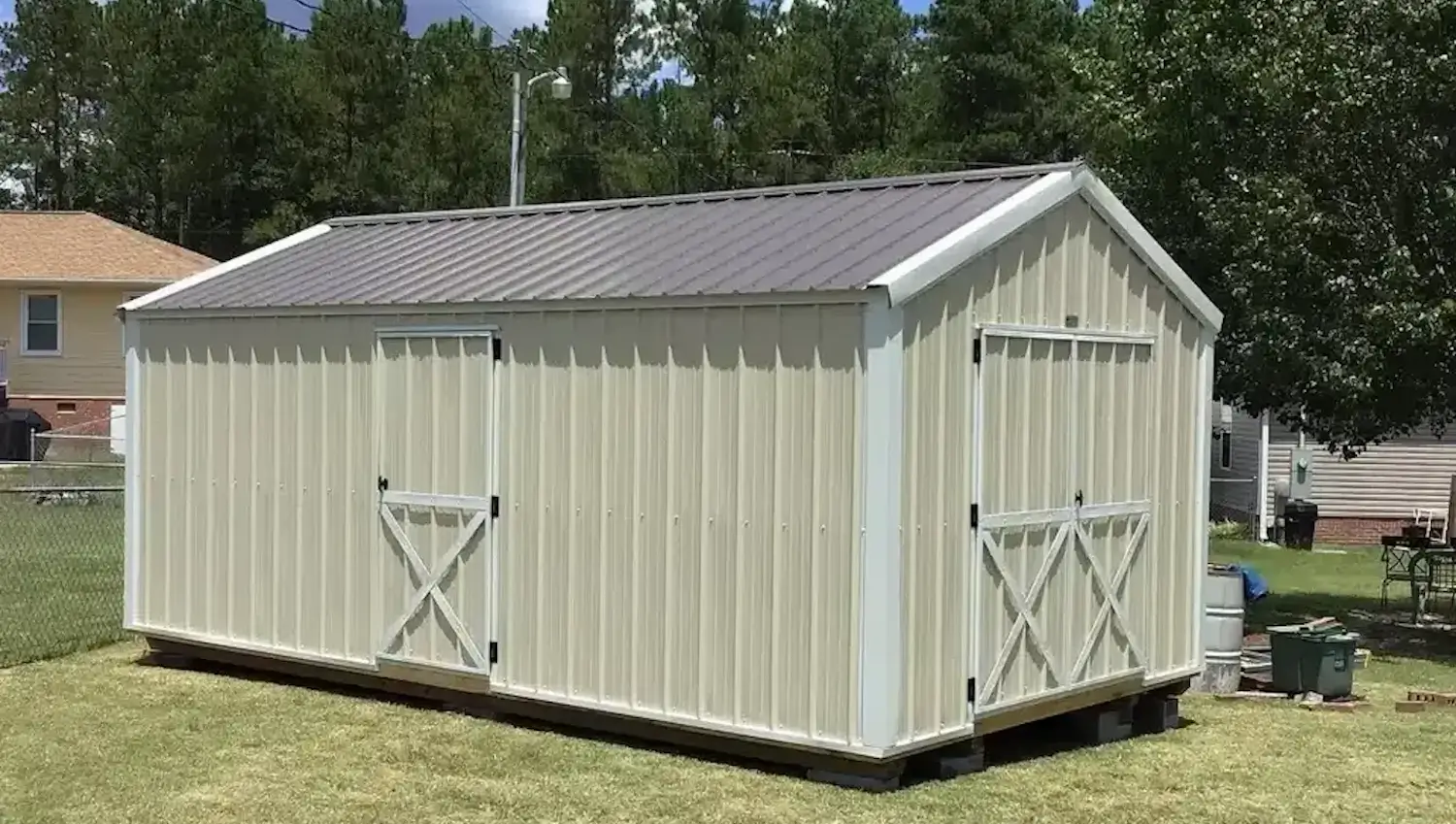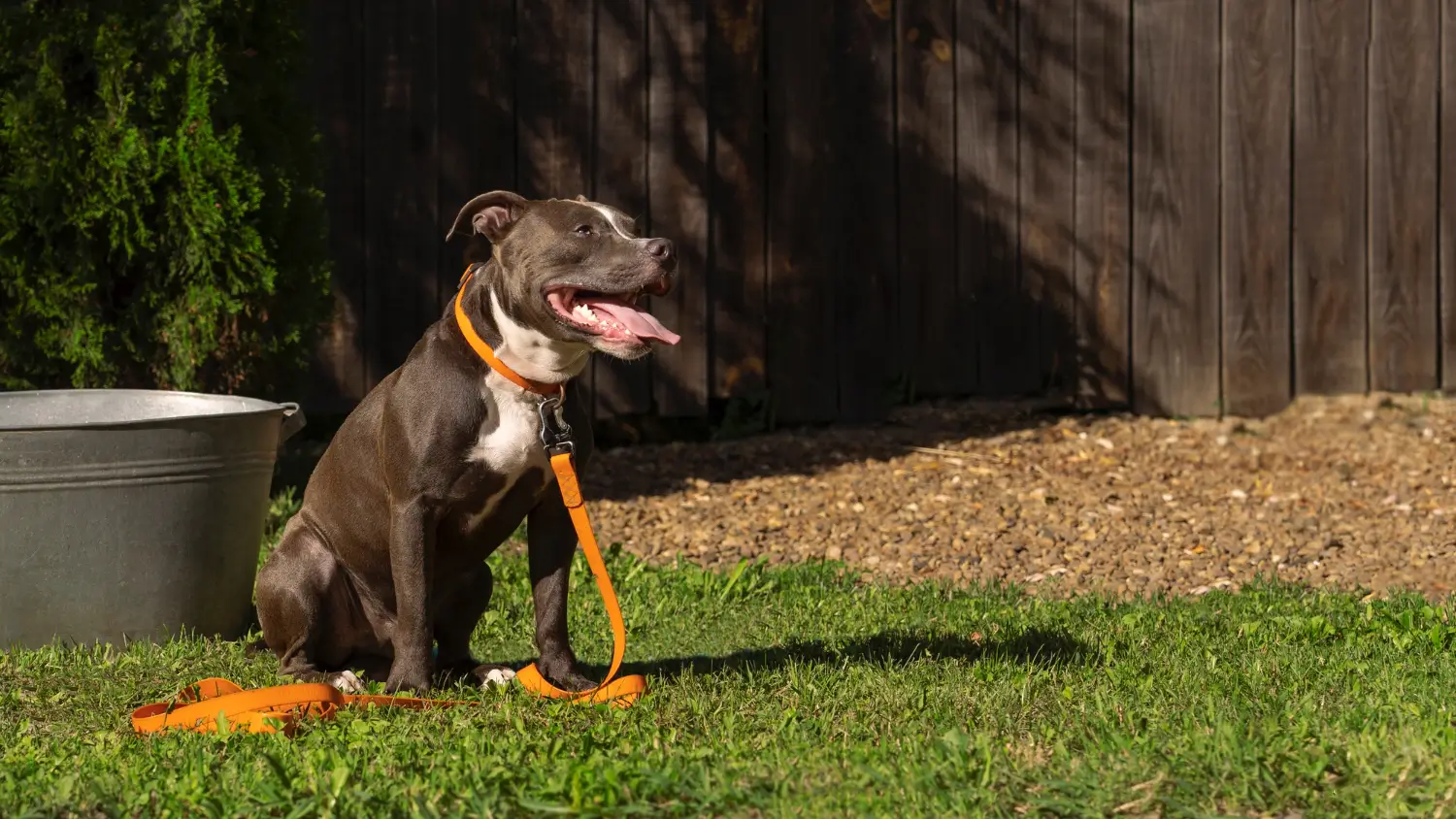
August 24, 2025

Stray dogs tend to make their way into the yards, gardens, or driveways for a variety of reasons. Some may be in search of food; others may be marking territory or sniffing after a smell. These visits can create havoc, from trampled plants to tipped-over compost bins to mess on the lawn. It can also be dangerous for kids or pets in the vicinity.
One solution that humans need is a dog repellent that performs well and is safe. The best dog repellent for lawns should be both effective and safe for pets and wildlife, simple to use, and not too expensive. Growcycle provides homes and gardeners with a way to control and repel stray dogs.
There are natural ways to discourage stray dogs from the yard. These DIY-combos are easy to make and create, safe, organic, inexpensive, and virtually zero waste.
Dogs have an acute sense of smell. There are many scents that are sweet to humans, yet very unpleasant to dogs. These fragrances are formulated into sprays and can be applied to areas where dogs generally go or spend time.
Dogs are highly averse to the smell and taste of the pungent and bitter. Kitchen spice granules are an easy way to deter stray animals from the yard.
There are some plants that dogs will not go near because of the smell, the texture of thorns. These trees can be incorporated into the landscape as a natural fence and garden element as well.
For the homeowner looking for a ready to spray solution, check out Growcycle as it offers the best dog repellent for lawns. They are manufactured to deter stray dogs and other animals from the yards, gardens, and driveways to ensure they are safe for pets, people and the environment.
The Safer Garden 24oz Animal Repellent RTU is an all-natural formula that will repel everyday animals such as dogs and others. It includes active compounds such as black pepper, piperine, and capsaicin that irritate pests, making them want to stay away from treated animals.
This granular repellent is designed to be used around gardens and lawns. It offers long-lasting protection and is safe to use around pets and children when applied as directed.
If looking for a strong dog repellent to help prevent dogs from urinating or defecating in the yard, Nature’s Mace 40oz Dog Repellent Concentrate is a powerful liquid formula that mixes with water before application. This powerful formula is natural and organic, so it’s safe for use around children, pets, and plants. Its protection lasts, since it’s rain-resistant and will remain effective even after getting wet.
This repellent is perfect for both indoors and outdoors, which gives homeowners the freedom to choose their pest control solutions. Since it’s all natural, don’t worry about it polluting the environment or hurting wildlife.
Messina's Dog & Cat Stopper 12lb Bulk Repellent Granules have been specifically designed to protect the garden, lawns, and landscaping. These little granules will keep dogs from digging and sledding and marking their corner on the land. Formulated with natural ingredients, they can be used around vegetables, flowers and other plants.
It features a clear formula and no bothersome odors, so it can be used indoors and outdoors. Homeowners can sprinkle the granules in and around flower beds, gardens or wherever dogs are causing problems. They are a great idea for anyone battling to get rid of animal damage.
Messina's Animal Stopper 32oz Repellent Trigger Bottle is a ready-to-use spray that works on a variety of animals, including dogs, deer, rabbits, and groundhogs. It contains natural plant extracts that act as a deterrent, keeping animals away from treated areas. The spray has a pleasant, non-offensive smell, making it a great choice for those who want an eco-friendly and effective repellent.
This product is outdoor specific, use and can be sprayed on gardens, fences, trees and other areas where pussy cats can be destructive. It’s easy to apply, fast and convenient and great in all weather conditions.
For those who need a larger quantity of repellent, Messina's Animal Stopper 1-gallon Refill is an excellent option. This refill is just as effective as the 32oz spray, just in a larger size to suit bigger jobs. Just like the 32oz version this is made up of plant-powered ingredients that give the natural dog deterrent spray to keep deer, rabbits and other herbivores from eating and nesting in the yard.
It is a dog repellent safe for plants, pets and kids for a pet friendly option. This refill is ideal for those who already have a sprayer and need a new jar to fill with it.
Physical modifications to the yard will also help act as a deterrent to stray dogs. These techniques are barriers or conditions that make the space less inviting.
Fencing is one of the most secure ways to prevent stray dogs from entering a yard. A fence can set a clear perimeter and deter unwanted animals, depending on the style.
A high fence (4-6 feet) that the dog cannot jump over or dig under. Wood, vinyl or chain-link works nicely. For added security, bury the fence or add a floppy top to discourage climbing.
Invisible fences work by sending a mild shock to dogs if they cross a boundary created by running a buried wire. But they don’t prevent dogs from wrestling their way through gates, and some dogs may just put up with the shock.
There are a few physical obstacles that can be placed on the ground that make it uncomfortable or difficult for the dog to access certain areas of the yard.
Preventing dogs from digging up plants by putting chicken wire underneath garden beds. It comes in handy for use around vegetable gardens or young trees. It’s also uncomfortable to make dogs walk over sharp mulch or rocks in some places. These things make those areas unfavorable for dogs.
Rearranging the yard’s setup can also contribute to making it unfriendly for dogs. By putting up physical and visual barriers or barriers dividing fenced in areas people are able to control which area of the yard dogs have access to.
Electronic and motion-activated devices are simple and hassle-free methods to deter stray dogs. These devices employ technology to discourage dogs through activated responses such as sound, water or lights when motion is sensed.
Ultrasonic dog repeller produce a high-pitched tone that only dogs can hear. The noise is uncomfortable and prompts them to clear the patch. These tools are safe for pets and simple to set up, and have the potential for a wide range.
A perfect choice for those who want a non-lethal, humane method. It may not be effective on all dogs, however, as some dogs will ignore or possibly become immune to the sound over time. And even then, these are effective only if the dog’s ears are in the range of the sound.
Some motion-sensing sprinklers, such as the Orbit Yard Enforcer, sense movement and emit a spray of water. Dogs are startled by this sudden release of water and it discourages them from returning to the area. Of course, budget models may be less expensive but they might be missing features, such as the ability to adjust the spray pattern or durability. Higher-end models have longer lives, more control and usually come with more spray settings.
Sirens and flashing lights can be operated by solar power. These tools emit bright lights or loud noises when motion is detected, and this movement deterrent may help keep dogs at bay. Furthermore, animal-triggered alarms sound when movement is detected and are used by homeowners to deter dogs. They are user-friendly and high-tech.
Training dogs or reinforcing what they have already learned and keeping them away from unwanted parts of the yard may also help.
But when choosing dog repellents, consider safety, the environment and local laws.
From natural, DIY repellents such as citrus peels and vinegar sprays to commercially sold items from Growcycle, the yard has no shortage of methods to avoid being dogged. Physical barriers, including sturdy fences, chicken wire installed under garden beds and thorny plants, can also deter dogs. Devices such as motion-activated sprinklers or ultrasonic repellents can frighten dogs off without inflicting harm. In addition, having pet dogs and responsible behavior counselling can help to reduce the number of stray dogs entering the yard.
Disclaimer: This material is for informational purposes only and should not be relied on for legal, medical, financial, or any other form of professional advice.
A combination of methods can help keep stray dogs out of the yard. Sturdy fencing, natural repellents, including citrus or vinegar sprays, and ground-level deterrents like chicken wire or sharp mulch can be used to make that tricky, predatory leap uphill work for plants rather than the deer. There are also plants that ward off dogs, such as thorny bushes and pungent herbs.
The best dog repellents are those that have strong scents, such as citrus, vinegar, or ammonia. Repellents made from spices like red pepper or cayenne pepper are also good deterrents. But the appeal of these repellents can be dog-dependent and vary depending on the dog’s determination.
Scare away stray dogs using techniques that make the yard less appealing. Scare them with noise-makers like motion-activated alarms or sprinklers. Also, dogs’ dislike for strong-smelling sprays such as vinegar or ammonia prevents them from sticking around. Physical deterrents such as fencing, thorny shrubs, and sharp materials on the ground (rocks or mulch) also function as deterrents.